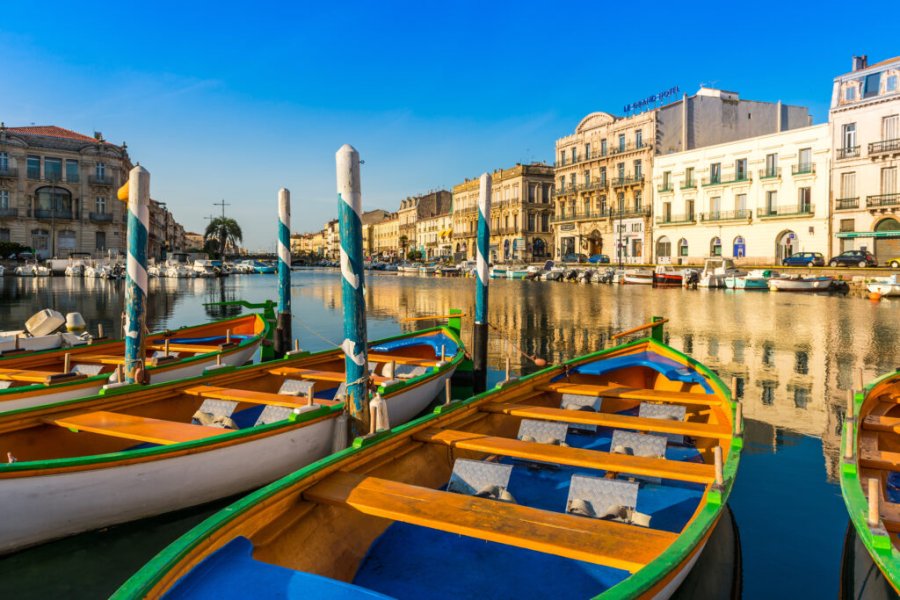Travel Guide Parc National Du Danube Et De La Drava
Find an accommodation
Advertising
Located southwest of Pécs (between Szigetvár and Pécs), it was opened in 1996. The Winding River's winding course marks Hungary's border with Slovenia and Croatia. The reeds of reeds and wetlands remained relatively intact. In the river, ponds and surrounding waters inhabit about fifty species of fish. In some places, this swamp world with mysterious waters is almost impenetrable. Willows and old poplars surround the dead waters. Here, there are black peaks with red heads, poules, and very rare pélobates, a toad capable of sinking into muddy soil. In the Ormánság region, small houses were built on wheels so that they could be pulled on the ground in the event of larger flooding than usual. The Genévrière de (located on the Croatian border) was formerly covered with deciduous forests, but when these were cut, the juniper was able to develop to cover this part of the park, with the exception of the marshes of the south and north, where aulnes were able to take root. It is to Barcs that kayaking and water sports are the most numerous. Find out because Dráva is dangerous: bathing only where bathing is permitted.Croatia is a member of the EU but not yet of the Schengen area, an identity card can be called for (it is sometimes difficult to distinguish Hungarian territory from that of its neighbour). Some terrains on the shores of Croatian banks (reported by a sign) are still mined.Several bicycle paths have been set up within the framework of the Greenway European programme (Zlatna Dolina - Ormanság).
Suggested addresses Parc National Du Danube Et De La Drava
Weather at the moment
Advertising
Organize your trip with our partners Parc National Du Danube Et De La Drava
Transportation
Book your plane tickets
Car Rental
Boat rental
Accommodation & stays
Find a hotel
Holiday rental
Find your campsite
Tailor-made trip
Immersion travel
Services / On site
Activities & visits
Find a doctor
Find unique Stay Offers with our Partners
Pictures and images Parc National Du Danube Et De La Drava
There are currently no photos for this destination.



